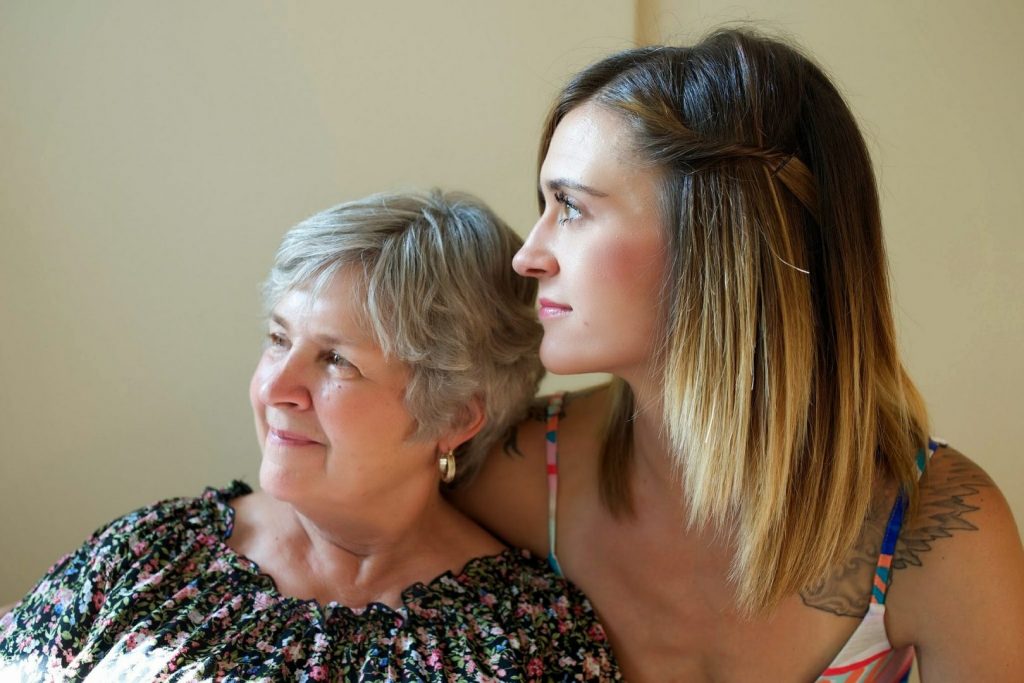
Our clients must have confidence in us and see that we are focused on their needs and interests
People like to know what they are getting out of anything they invest themselves in – not necessarily monetarily either. It certainly could be that, but it just as likely is not. If they order a favorite meal or visit a favorite restaurant, they know that what’s in it for them is a flavor sensation or dining experience that they have been looking for since the last time they ate at this place or had this meal or dessert.
If someone goes to a movie and gives up a couple hours of their time – or just watches it at home – it needs to be worth that time investment. It’s a trade-off. What else could they have been doing that had more value or importance to them at the moment. If it was nothing, then this was a good choice, as long as the movie, ball game, or TV show satisfied their need for entertainment.
People go car shopping to find a new model that has more comfort, more convenience features, perhaps better mileage, requires fewer repairs, holds its value better, and offers more safety components than their current one. There’s a lot for them to consider, review, and take in, but it comes down to what can they get for their money that puts them ahead of where they are now.
If we go for a walk, a bike ride, play a round of golf, walk the dog, or engage in any other activity, we likely are considering the trade-off between other things we could be doing and the enjoyment (and possibly exercise) we would be getting from doing what we have chosen. Sometimes it is subconscious – we don’t actually balance the activity against other choices, but we just know that we want to do it.
People – regardless of who they are or what their choices are – enjoy listening to their favorite radio station WII-FM (“what’s in it for me?) every chance they get. As aging in place specialists, we are no different, but we have to deflect our own needs in favor of the people we are serving – our clients and their families, our strategic partners, and referring professionals and trade partners.
We likely would enjoy getting a sale everytime we made a presentation to someone about how we could help them. That actually would both of our needs, but getting a sale is less important than getting the client to say yes they want us to help them and that they like what we have designed for them. Coincidentally, we make a sale in this scenario, but the emphasis is on creating a solution that meets the client’s needs – that answers the question of what’s in it for them – rather than on us getting to put a mark in the sales column.
When we are called in to meet with a potential client – by them or someone in their family, from a referring professional, or through one of our strategic partners that will remain engaged throughout the project should it move forward – we need to learn what we can about the client and determine how we can help them. Initially, it is all about them. At some point, they will want to know about us, but only to the extent that we can allow them to be confident in our abilities. Then, it is back to them again. Our proposal will show them what we can do to help them – not us. It’s not about us – only them.
People want to know how we can help them and benefit them – to the exclusion of other people they might be considering. Here, pricing, scope, knowledge, ability, and expertise have a lot to do with us convincing someone that we can offer the solutions for them that they seek. because they want to remain in their homes long-term, they have a lot at stake. Because we want to create word of mouth and social media approvals and positive comments, we want to do a good job as much or more than our clients.
Of course, we want to make sales because that means that people agree with us that we can serve their needs and provide solutions for them that will enable them to remain in their current homes and continue aging in place. Nevertheless, our initial concern must be for our clients. We have to listen to them, observe their home and how they use it, and then determine a course of action that will give them what they need and what they desire at a budget that they like also. There are plenty of potential clients for us, but none is more important than the one we are talking with at the moment.
